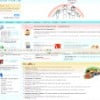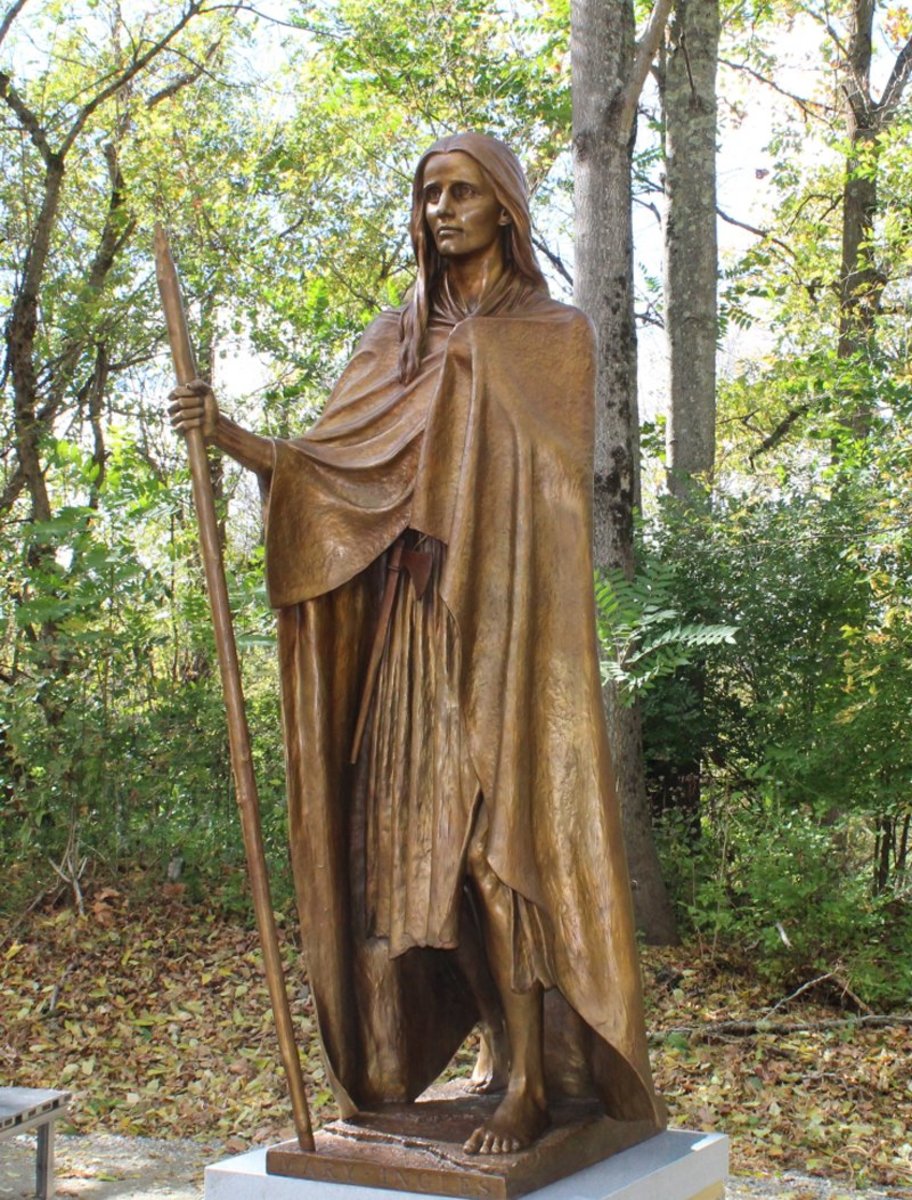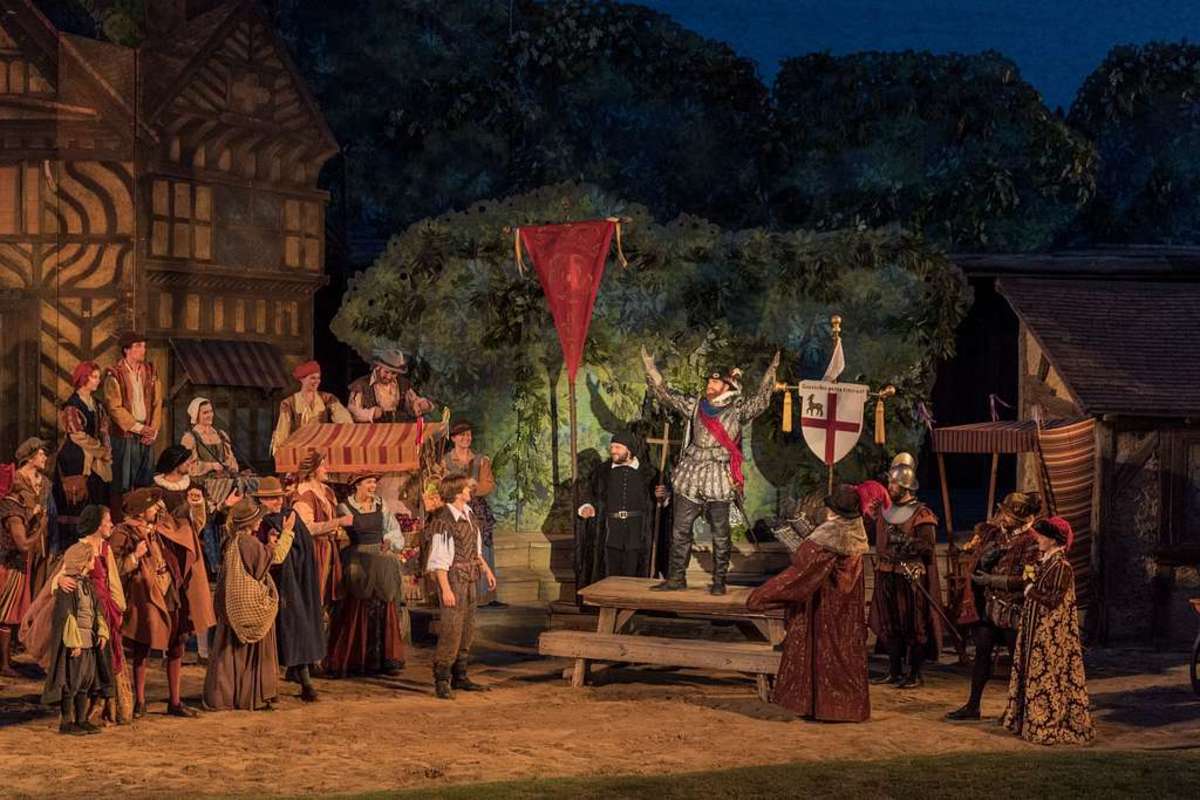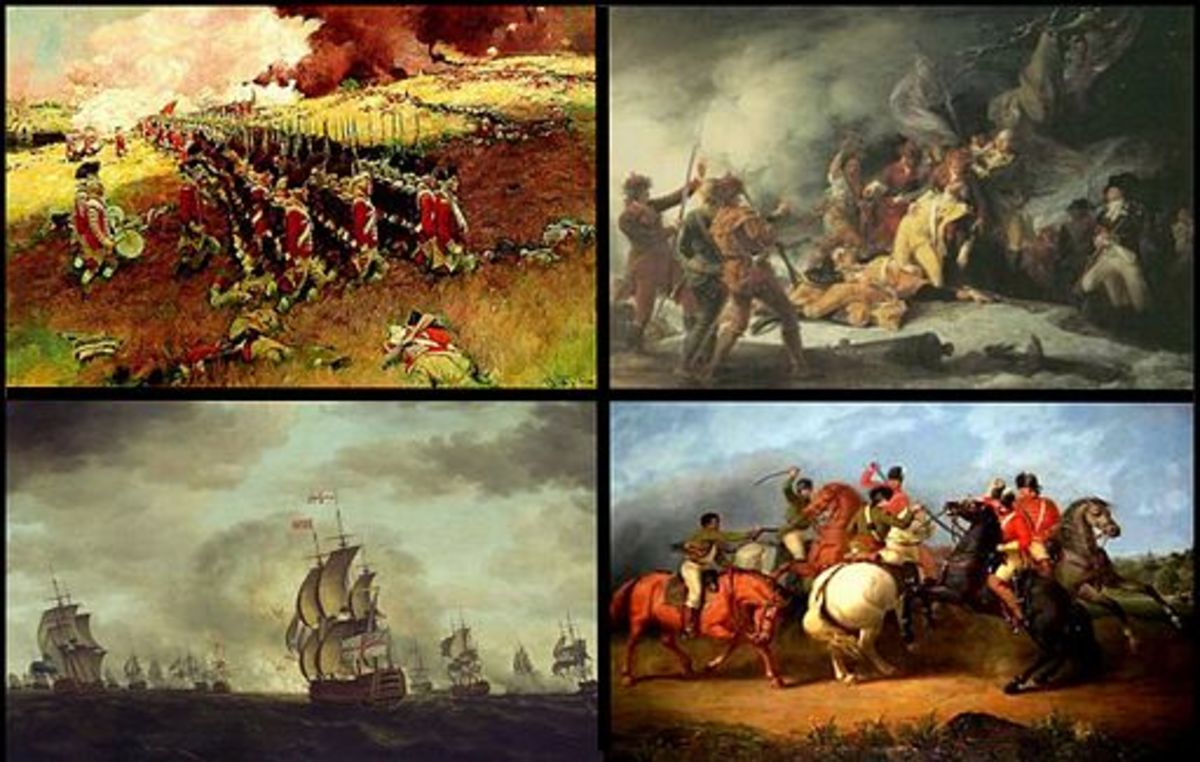- HubPages»
- Education and Science»
- History & Archaeology»
- History of the Americas
The Civil War-II
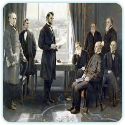
The Emancipation Proclamation
By the spring of 1862, the army that had been sent to capture Richmond was ready to fight again. It was a huge, well-trained army. But it had one big problem. Its commander, George B. McClellan, did not like to attack. He always thought the other side had more men. The Southern commander, Robert E. Lee, took advantage of McClellan. The Northern army pushed close to Richmond, but then Lee defeated McClellan over and over again. This attempt to capture Richmond turned into another failure.
Grant was having trouble, too. He was trying to win control of the Mississippi River. But he could not take Vicksburg, Mississippi, with its big guns aiming down on the river. People in the North were discouraged. Many had lost fathers, sons, and brothers in the bloody war for what? Winning the war seemed as far away in the summer of 1862 as it had a year earlier.
President Lincoln knew he had to give Northerners a good reason for fighting on. In the summer of 1862 he made up his mind. He would make this a war for human freedom as well as a war to bring back the Southern states. He would free the slaves.
In the fall, Lincoln put out the Emancipation Proclamation. It said that he would free the slaves on the first day of 1863 unless the Confederate states surrendered before then. He wanted Southerners to give up rather than lose their slaves. It did not work. The bloody fighting went on for more than two years. But to millions of black slaves, Lincoln was the “Great Emancipator.”
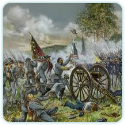
Gettysburg
Robert E. Lee, the South’s greatest general, had beaten the North several times. He was sure he could do it again. In 1863, he made a bold plan. He would march his army into the North. There he would defeat the army of the North once again. The people of the North would not want to fight any longer, and they would make President Lincoln agree to leave the Confederate states alone.
Lee put his plan into action in the summer of 1863. He marched his army north into Pennsylvania and headed for a small town called Gettysburg. His men needed shoes, and there was a rumor that Gettysburg had a supply of shoes. A few miles from the town, Lee’s army ran into the North’s army. On July 1, the greatest battle ever fought in North America began.
It turned out to be a three-day battle. On the first day, the South pushed the North back onto some hills outside of Gettysburg. On the second day, Lee’s troops attacked many times, but they could not break through the North’s lines. On the third day, Lee told General Pickett to lead a charge into the middle of the Northern army. Pickett’s charge failed, and Lee lost so many men that he had to retreat. He took his beaten army back to Virginia. He would never lead into the North again.
The next day was Fourth of July. The North celebrated its great victory at Gettysburg. That same day, Grant finally took Vicksburg and gained control of the Mississippi River. These two victories marked the turning point in the Civil War.
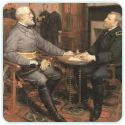
Lee’s surrender to Grant
In 1864, President Lincoln made Ulysses S. Grant head of all the armies of the North. Grant’s main job was to go after the army of Robert E. Lee. If he could beat Lee’s army, Grant could put an end to the Confederate States of America and to the Civil War.
Starting in May of 1864, Grant’s Northern army and Lee’s Southern army fought for more than a month. Battle followed battle, and each side lost thousands of men. Northern killed and wounded were about 60,000. Southern losses were about half that number. But Grant knew he could afford to lose more men than Lee could. Many more people lived in the North. Grant could get new soldiers to replace the ones who had fallen. Lee could not.
In June, Lee moved his army into the town of Petersburg, Virginia. Grant’s attack on the town failed, so he dug in for siege. It lasted more than nine months. Finally, in early April 1865, Lee’s army moved out of Petersburg. Grant’s army, now much larger than Lee’s followed close behind. Lee tried to escape, but his tired, hungry men could go on no longer. On April 9, Lee surrendered to Grant at Appomattox Court House, a small Virginia town. The Civil War, after four long and bloody years, was over.
When the news of Lee’s surrender reached Washington, D.C., a great celebration took place. Fireworks filled the sky. A crowd gathered in front of the White House and asked President Lincoln to give a speech. He said he was too tired to speak, but he called on the band to play one of his favorite tunes: “Dixie.”
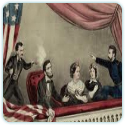
Ford’s Theater: April 14, 1865
On April 9, 1865, Robert E. Lee surrendered to Ulysses S. Grant. The Civil War was over. The North had beaten the South. Five days later, John Wilkes Booth worked out a plan. Angry about the North’s victory, Booth decided to kill Abraham Lincoln.
On April 14, Booth stopped at Ford’s Theater. Booth was a well-known actor, and he was no stranger at the theater. He learned that President Lincoln was coming to Ford’s that night.
The play had already started when President and Mrs. Lincoln arrived. The actors stopped as the Lincolns took their seats in the presidential box. The orchestra played “Hail to the Chief,” and the audience applauded the president. Then the play went on.
Booth knew the play well. He waited until a funny moment caused the audience to laugh loudly. Then he quietly entered the presidential box. In his left hand he held a dagger; in his right hand, a small pistol. Aiming the pistol at the back of President Lincoln’s head, Booth pulled the trigger. Then, after swinging his dagger at a soldier who tried to stop him, he jumped to the stage. In his leap, Booth caught his foot in a flag, causing him to break his left leg when he landed.
Booth hobbled out of the theater and got away on his horse. Soldiers carried Lincoln to a house across the street, and there he died early next morning. On April 26, soldiers found John Wilkes Booth. They had orders to take him alive, but one of them shot and killed the man who had murdered the president.
